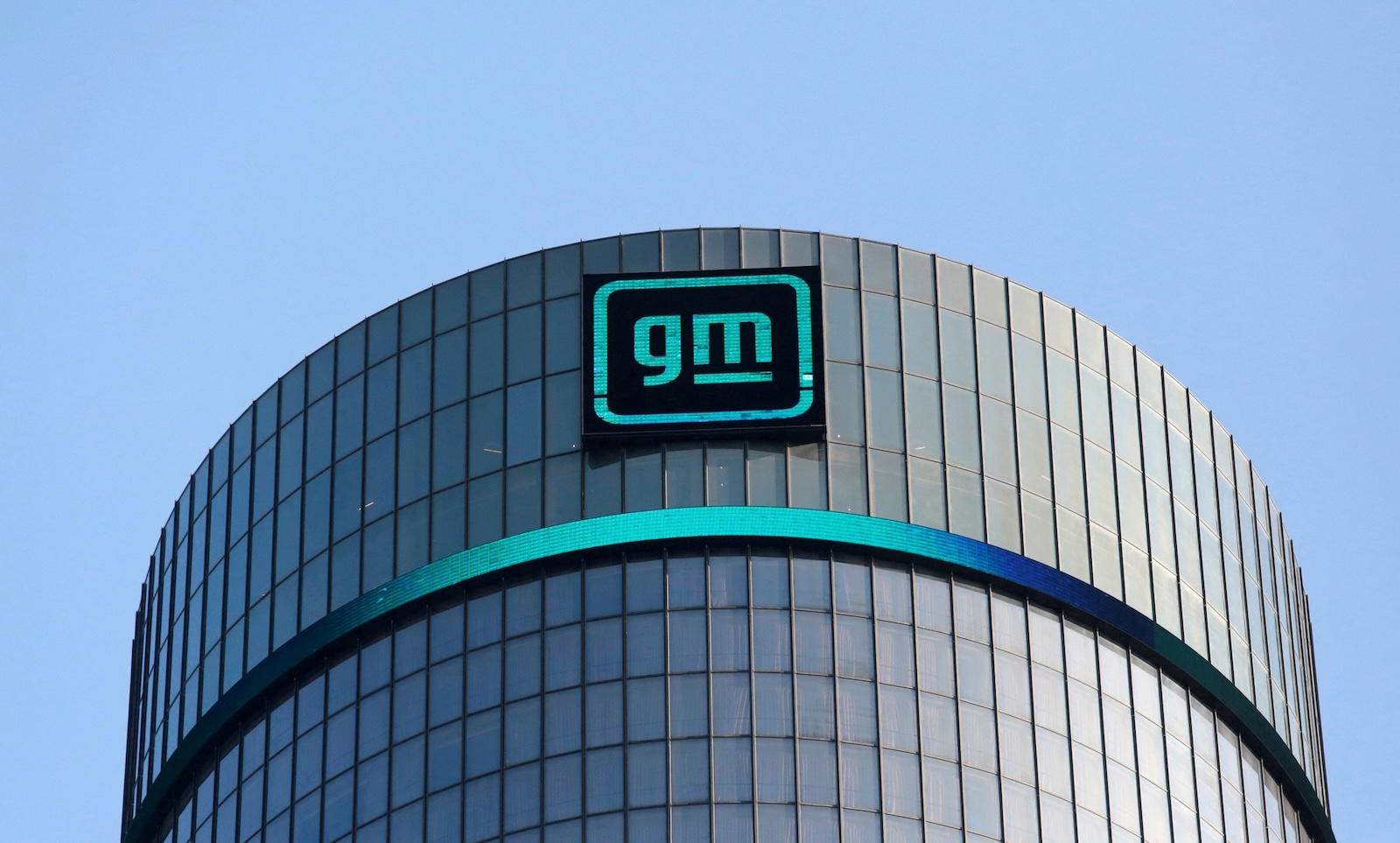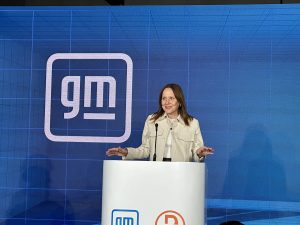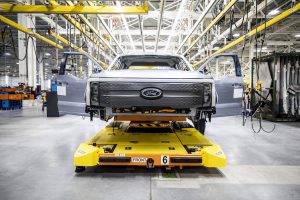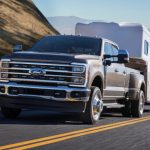General Motors officials offered good news with the company’s second quarter earnings report, with revenue and profits up for the quarter as well as the first half of the year. In fact, the results were good enough for the company to revise its full-year earnings expectations upward.
The company recorded Q2 net income of $2.9 billion on $48 billion in revenue, which were increases of 14.3% and 7.2% respectively. For the first half of the year, the company’s net income rose 19.2% on a year-over-year basis, which GM reporting a bottom-line profit of $5.9 billion on revenue of $91 billion. Revenue is up 7.4% through the first six months of 2024 compared to the same period last year.
On an adjusted basis, the company reported profits of $4.4 billion for Q2 and $8.3 billion for the first half of the year. The big money came largely from GM’s North American operations, according to the filings.
Reasons for results
GM Chair and CEO Mary Barra noted four keys to the company’s financial success this year in a letter to shareholders. She noted the company’s gas- and diesel-powered trucks and sport-utility vehicles continue to enjoy good success in the market.

Barra cited strong sales of the company’s ICE-powered SUVs and pickups as one of the reasons for the good Q2 results.
She also noted the company’s growing portfolio of electric vehicles are also selling well, setting a second-quarter record for deliveries. This is in spite of GM’s move to slow the pace of its EV portfolio roll out.
“As excited as we are about our EVs and our early success, we are committed to disciplined volume growth, which is the key to earning positive variable profits from our portfolio in the fourth quarter, which remains our goal,” Barra told shareholders.
The last two items speak to money management. The Detroit-based auto company sells its vehicles using smaller incentives than competitors and the focus on smart investments returning margin improvements and improved capital efficiency are hitting home.
More General Motors Stories
- General Motors Moving HQ — But Not Very Far
- Chevy Finally Launching Retail Sales of Silverado EV
- GM, Honda Begin Joint Production of Fuel Cells
Change in the air
The company’s performance through the first half of the year “paved the way for us to increase our guidance for full-year earnings, free cash flow and earnings per share,” Barra revealed.

Barra also noted the company’s growing portfolio of electric vehicles are also selling well, setting a second-quarter record for deliveries.
GM officials now expect earnings before interest and taxes (EBIT) to come in between $13 billion and $15 billion for 2024. That’s an increase of $500 million at both ends of the range. The company’s automotive operating cash flow will rise to between $19.2 billion and $22.2 billion — a jump of $900 million.
GM’s adjusted free cash flow will climb $1 billion to settle somewhere between $9.5 billion and $11.5 billion. The new guidance includes anticipated capital spending of $10.5 billion – $11.5 billion, inclusive of investments in the company’s battery cell manufacturing joint ventures.
Cruise control
Barra made a point to call out the changes at Cruise, the company’s automated driving subsidiary, including the addition of Marc Whitten as CEO and the resumption of service in Houston, Dallas and Phoenix.
The company shut down ride service in all cities in the wake of a crash with a pedestrian in San Francisco. After taking several months to review crash and what to do going forward, Cruise resumed operations in San Francisco first before returning to the three other cities.
The Cruise team will also simplify their path to scale by focusing their next autonomous vehicle on the next-generation Chevrolet Bolt, instead of the Origin. This addresses the regulatory uncertainty we faced with the Origin because of its unique design. In addition, per-unit costs will be much lower, which will help Cruise optimize its resources, Barra noted.








0 Comments